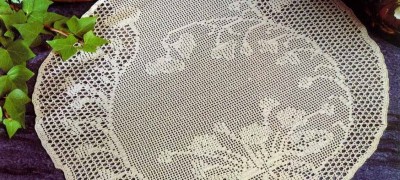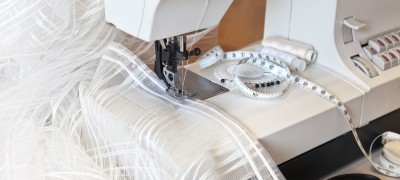How to choose a mattress for a newborn
The first months of their life, babies spend almost all of their time in a supine position. At this time, the body grows and develops intensively. The spinal column forms and takes on an S-shaped outline. Therefore, it is very important for parents to understand how to choose a mattress for a newborn crib. We will talk about this in this article.

Varieties of children's mattresses
All mattresses are divided into springless and spring mattresses. The latter, as the name suggests, have springs built into them. They can be dependent and independent. In the first, the springs are interconnected, in the second, each is in a separate case and reacts to the load independently of the others.

In springless mattresses, various elastic materials play the role of filler. They last longer than spring ones, while differing from each other in rigidity and orthopedic properties.

How to choose a mattress for a newborn
Particular attention should be paid to the type of mattress, its rigidity, material and filler, but first let's say briefly about the functions of the mentioned products.

Mattress functions
The main ones are two:
- Ensure the correct formation of the spinal column in the child. It grows intensively, changes its bend, and if a mistake is made when choosing a mattress, this can lead to pathologies that are difficult to correct.
- Provide comfortable sleep for your beloved baby. Newborns sleep 18-22 hours a day. In no case should the mattress be allowed to prevent the child from falling asleep or in any way disturb his sleep. Lack of sleep seriously affects the development of the child's brain and his body as a whole.
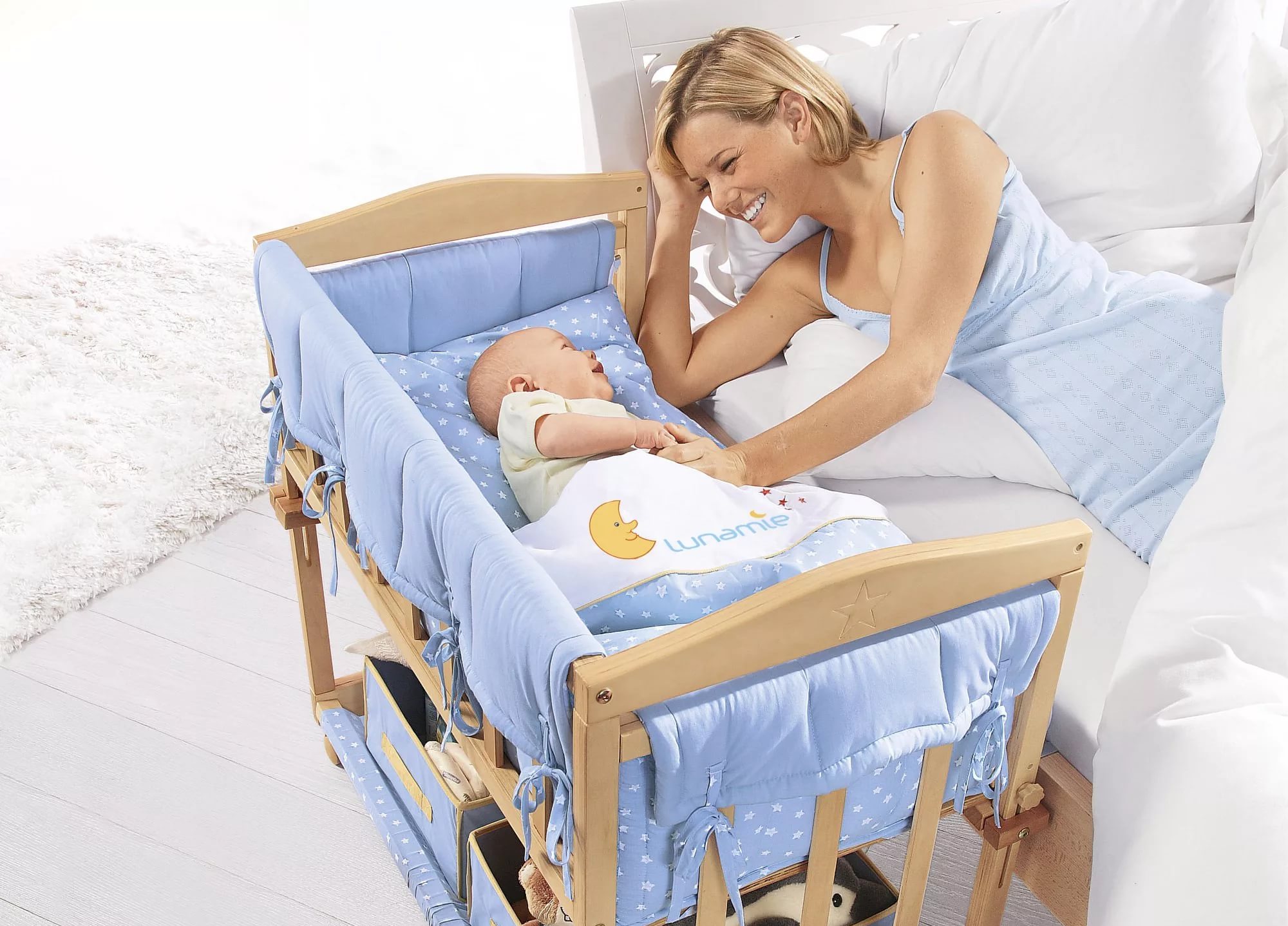
Important! In order for the mattress for a crib to fully perform its functions and not quickly deteriorate, it must be well ventilated. Proper ventilation can be ensured by placing it on a slatted base.

Type of mattress
Pediatricians recommend newborns to sleep on springless rigid mattresses that can adapt well to the rapidly changing contours of the child's spine.

Rigidity
In a newborn, the spine does not yet have a characteristic S-shaped bend, it is completely straight. Therefore, any soft options are strictly prohibited. They do not provide the back with the necessary support, which can lead to curvature of the spine and a number of other very serious pathologies. A hard mattress fixes the child's spine in the most optimal position.

Material and filler
Here the choice is truly huge, it is easy to get confused.Coconut fibers, latex, polyurethane foam, buckwheat husks, thermal fiber, fluff, flax, cotton, seaweed, various combined materials can act as a filler.

Now briefly about each of them.
Coconut fiber allows the mattress to "breathe" and ventilate. In summer it is not stuffy to sleep on it, and in winter it is not cold. The most important advantages of this material are hypoallergenicity and high hygiene. However, due to the high price, not everyone can afford mattresses with the mentioned filler.

Although latex has good antibacterial properties and is hypoallergenic, it is still not suitable because it is too soft. You can also note the high price of latex mattresses and the characteristic odor, which takes some time to finally fade away.

Polyurethane foam is the cheapest mattress filler. It is often referred to as artificial latex. Due to the cellular structure, the material has increased air permeability and anatomical effect. Ideal for mattresses for children over five years old, however, for a newborn, it is better not to buy because the rigidity is lower than necessary.

Buckwheat husk adapts well to the shape of the body, while it does not allow the spine to deform unnecessarily, has a massage effect, and, like the aforementioned materials, has hypoallergenic properties. The main disadvantage of husk mattresses is their excessive weight.
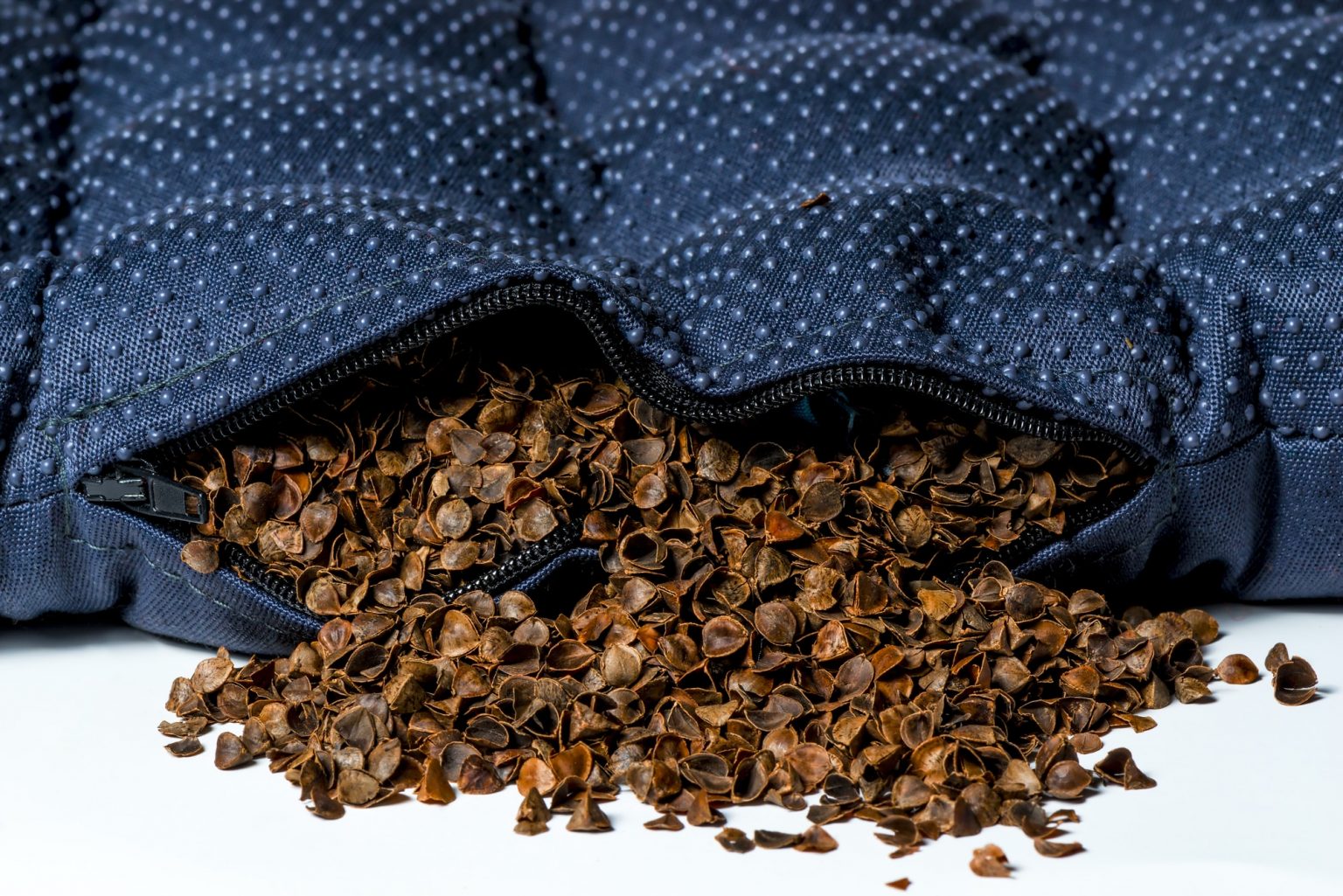
Thermal fiber consists of classic felt. It is a combination of artificial and natural fibers (flax, synthetics, etc.) pressed at high temperatures. This determines the properties of thermal fibers such as rigidity and strength. Mattresses with it are quite suitable for children.

Important! Do not experiment with the choice of filling mattress. If you already know which one is right for you, use it. Do not forget that we are talking about a newborn, and the risk, even minimal, is not appropriate here.
The down is very warm and soft and provides good air exchange. However, for newborns, a down mattress, due to its softness, is not at all the same. For adults, a feather bed is one of the best options.

Flax has good bactericidal properties, excellent thermal insulator, absorbs moisture well, and at the same time dries quickly. Linseed filler has no obvious drawbacks.

Cotton (wadding) as a filler for a children's mattress is not quite the right thing. It is too soft, highly absorbent, creates an ideal breeding ground for bacteria and linen mites.

Seaweed as a filler for newborn mattresses is not very well known and is as popular as, say, with coir. They do not rot, are hypoallergenic, and do not attract insects. Due to the high iodine content, bedding and air above the bed are disinfected. Stiffness can be different. Children, of course, are better off taking an increased one. Sea grass mattresses do not have any serious drawbacks.

A variety of combined materials can be used in the role of filler.The most popular combination is coira and latex. Coir fibers are either impregnated with latex, or layers of two materials alternate in the filler. The latter option is preferable for children.

What size should a mattress be for a child
It is very easy to figure out which mattress should be in size for a newborn in a crib. The most common is 60 x 120 cm. It will not be difficult to find 70 x 140 cm. A number of manufacturers have a wider range of sizes. Their mattresses can be in the range from 60-80 cm to 120-160 cm.The thickness varies from 6 to 12-13 cm. Spring mattresses are thicker, but they are not recommended for newborns, and besides, they are not cheap.
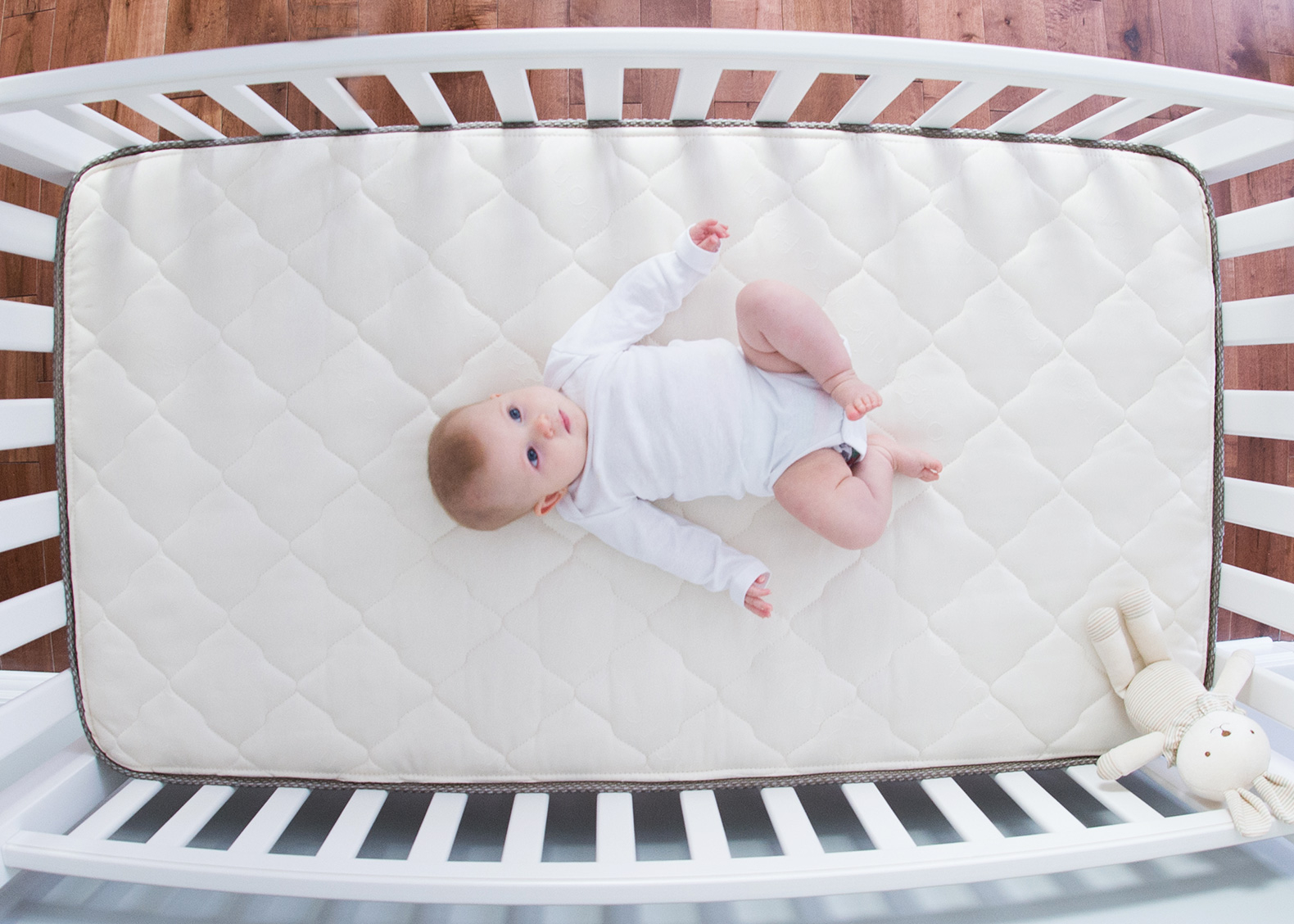
Features of the choice of a cover and a mattress topper
Here are some tips that won't help you choose the right mattress cover. All of the following applies to mattress toppers.
- Be sure to measure your mattress accurately before purchasing. If you take a cover of large length and width, then it will slide off. If you take smaller ones, it simply won't wear.
- Buy a cover only from natural material, for example, ligature, satin, wool. No synthetics. It is also important that it is made of dense, moisture-proof fabric.
- Find out in advance whether the cover sits down after washing or not. It is more correct to give preference to the latter option.
- Be sure to ask the seller about the availability of quality and safety certificates. It will sleep on it, or rather constantly be, the most defenseless and most expensive that you have. At the slightest suspicion that something is wrong, look for another model.
In addition to the above, it is desirable that the cover can be easily removed, because it will have to be washed often.

Important! Not all children's mattresses can be folded, much less knocked out. These actions can seriously damage the filler.

How to care for
Flip the mattress to the other side several times a month, and not only from the bottom to the top, but also in relation to the location of the head and legs.

Periodically clean and wash covers and mattress toppers. To do this, use only the agents recommended by the manufacturer and the specified water temperature range.
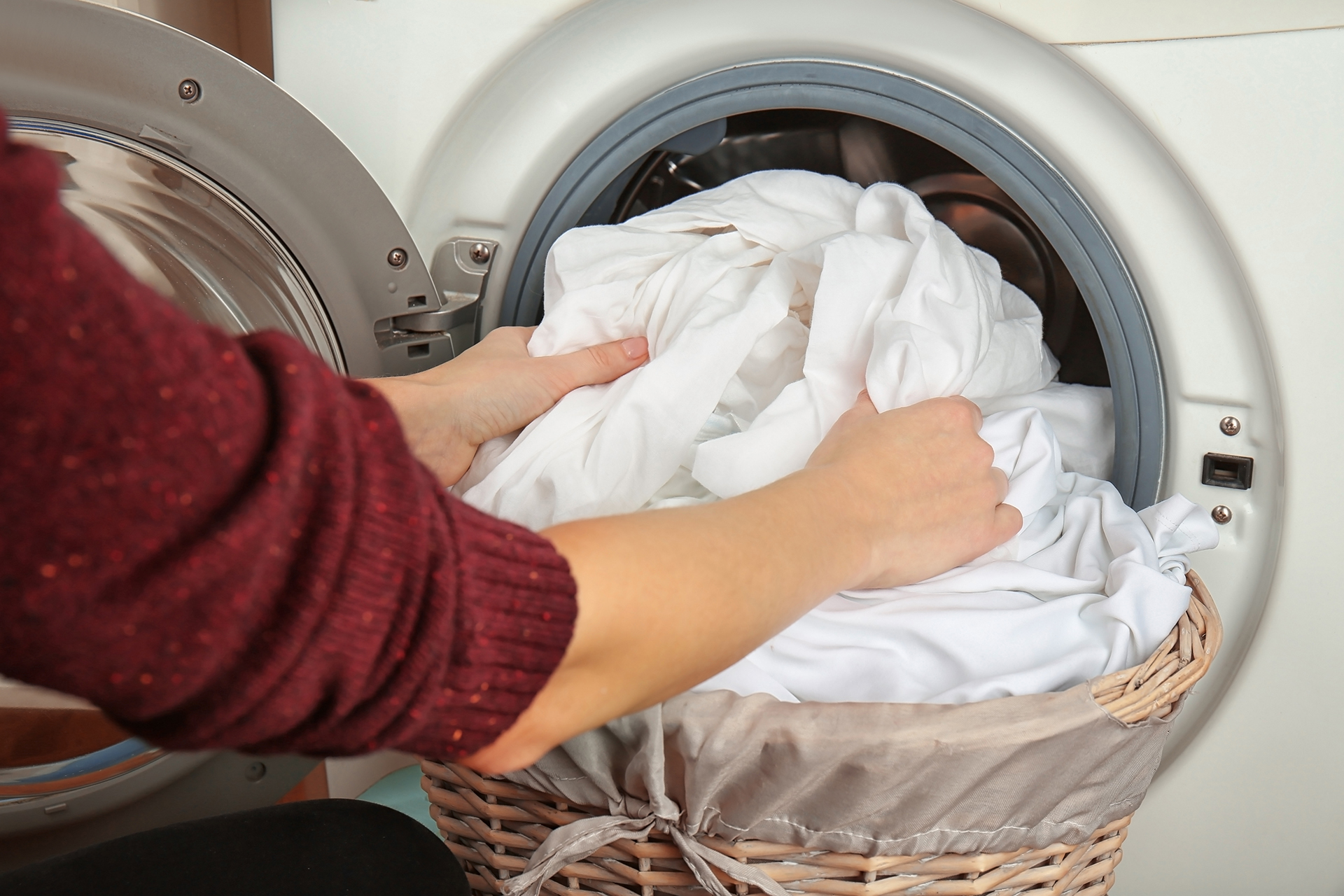
Choose products to remove stains and other stains carefully. Not all of them can be used on items for children.

Now you understand what is the best mattress to choose for a newborn in his crib. You know that you need to pay special attention to the material of the cover and filler, as well as the rigidity of the product. Let your child only have good dreams.
Video: how to choose the right mattress for a newborn?



